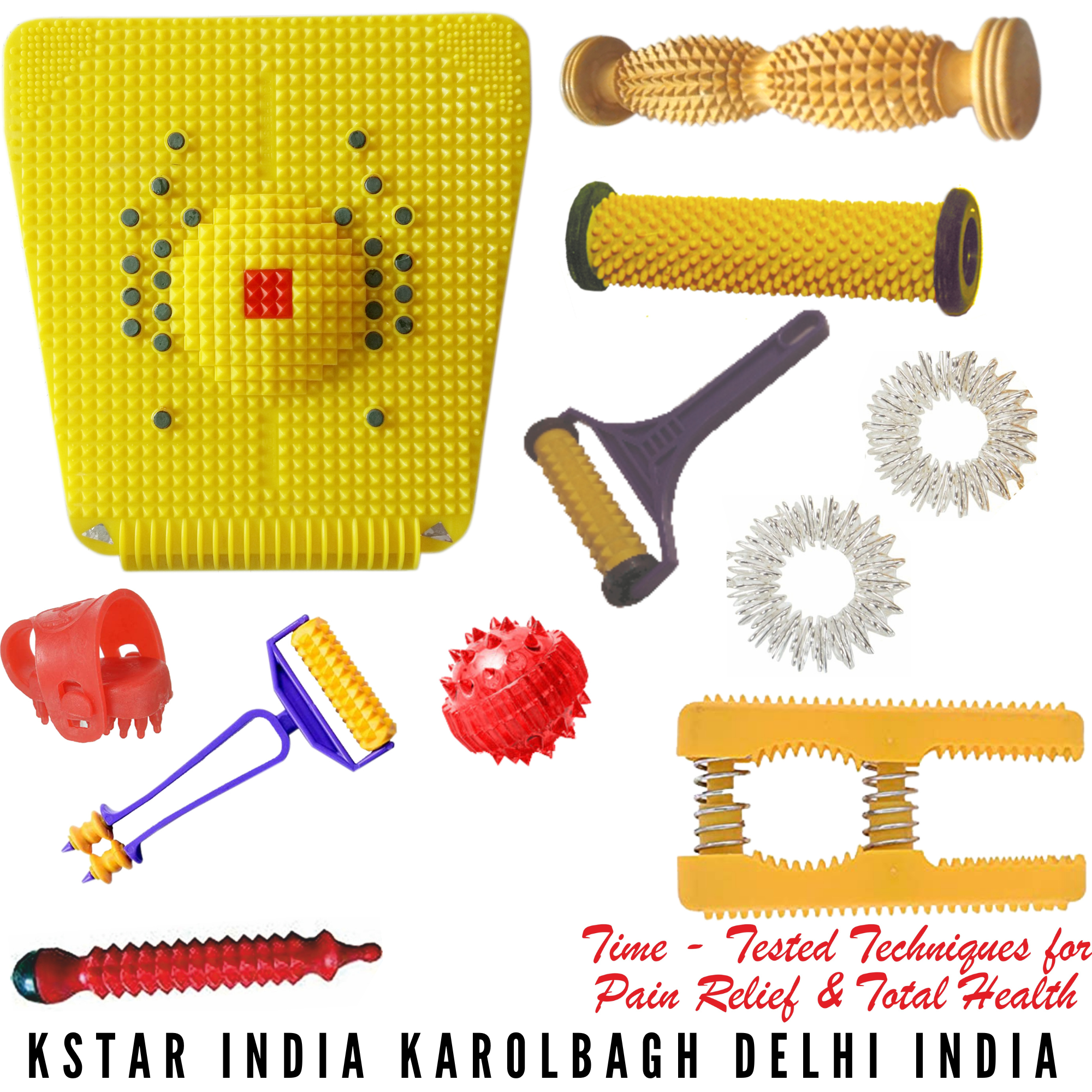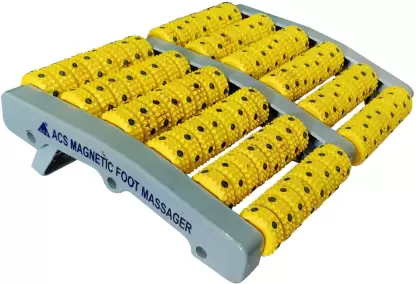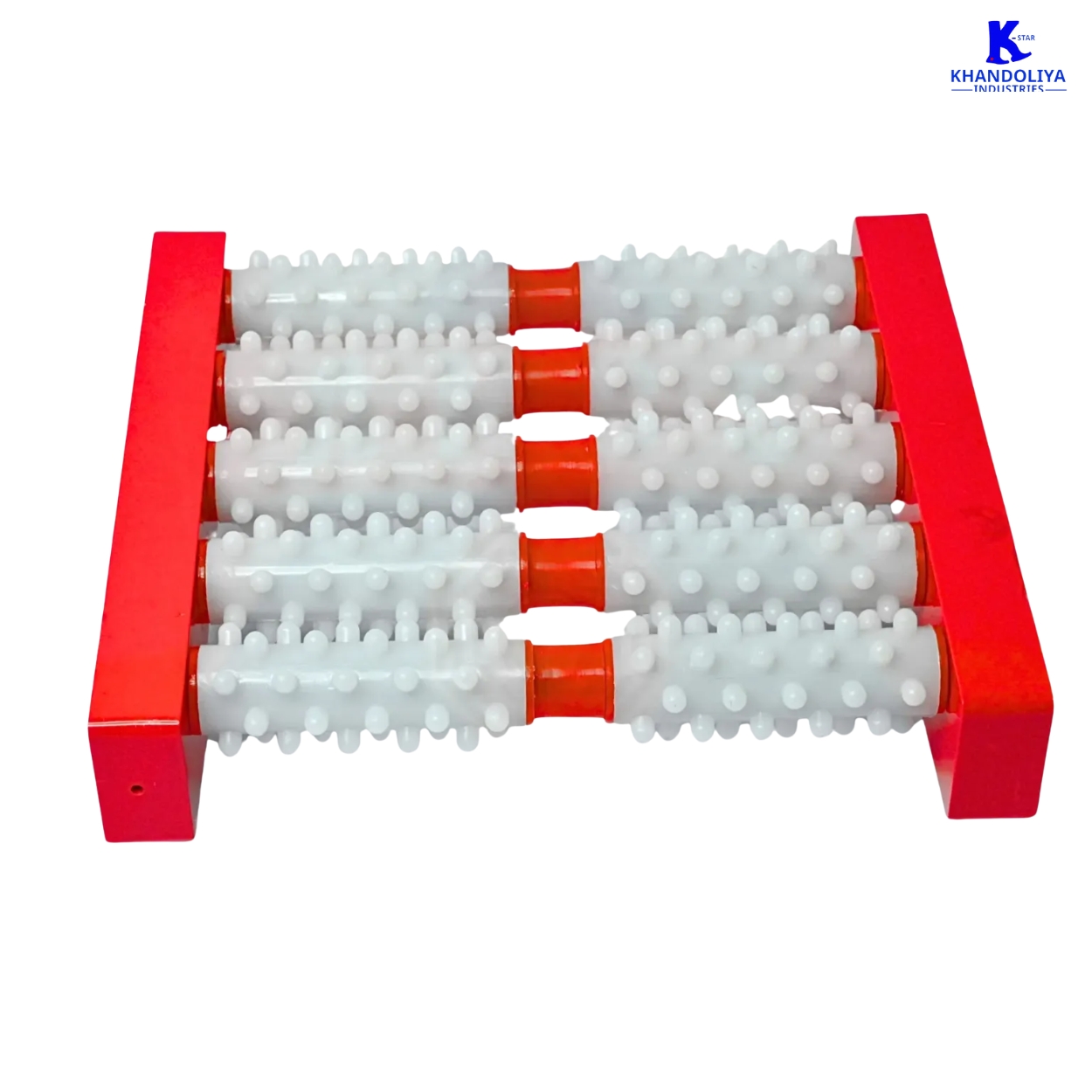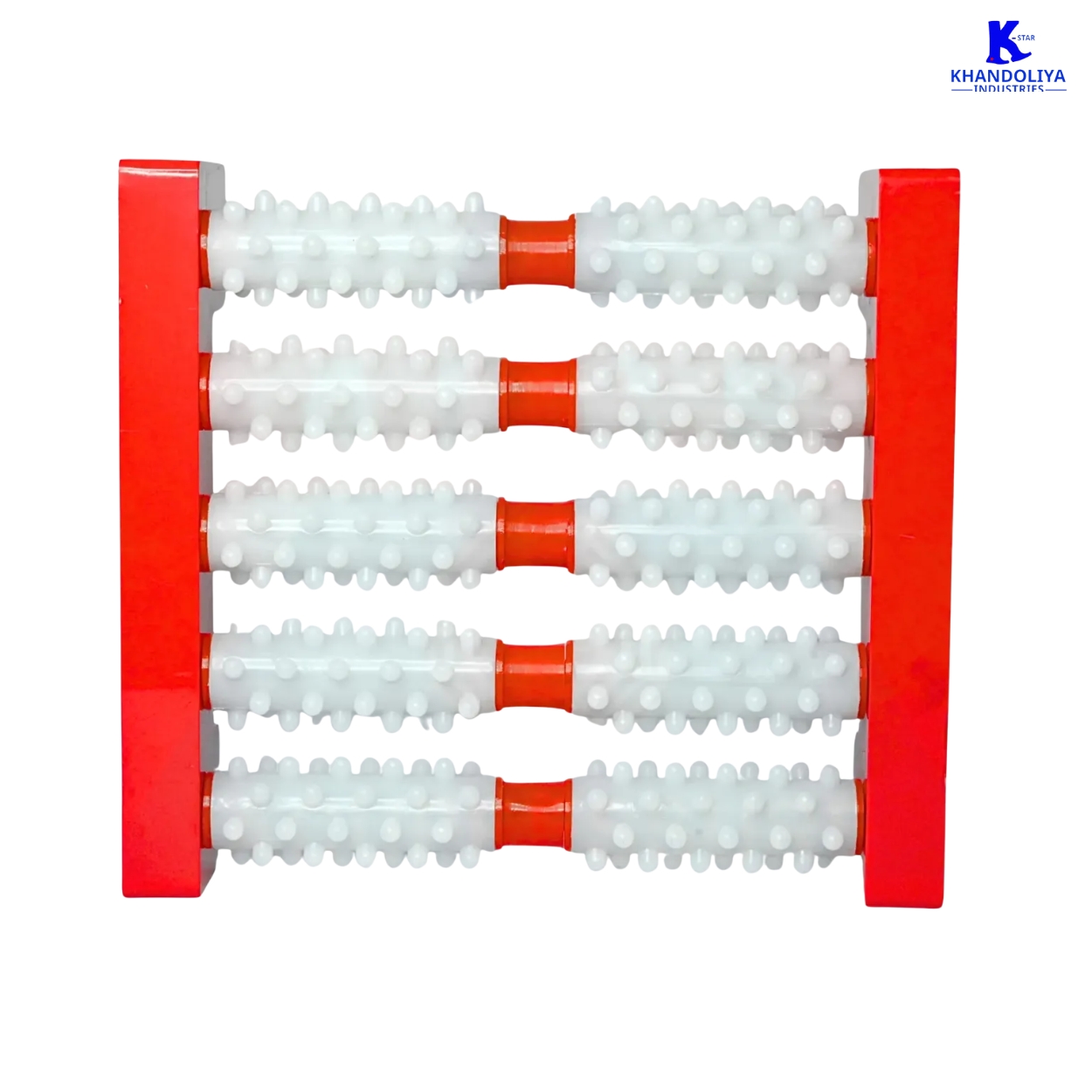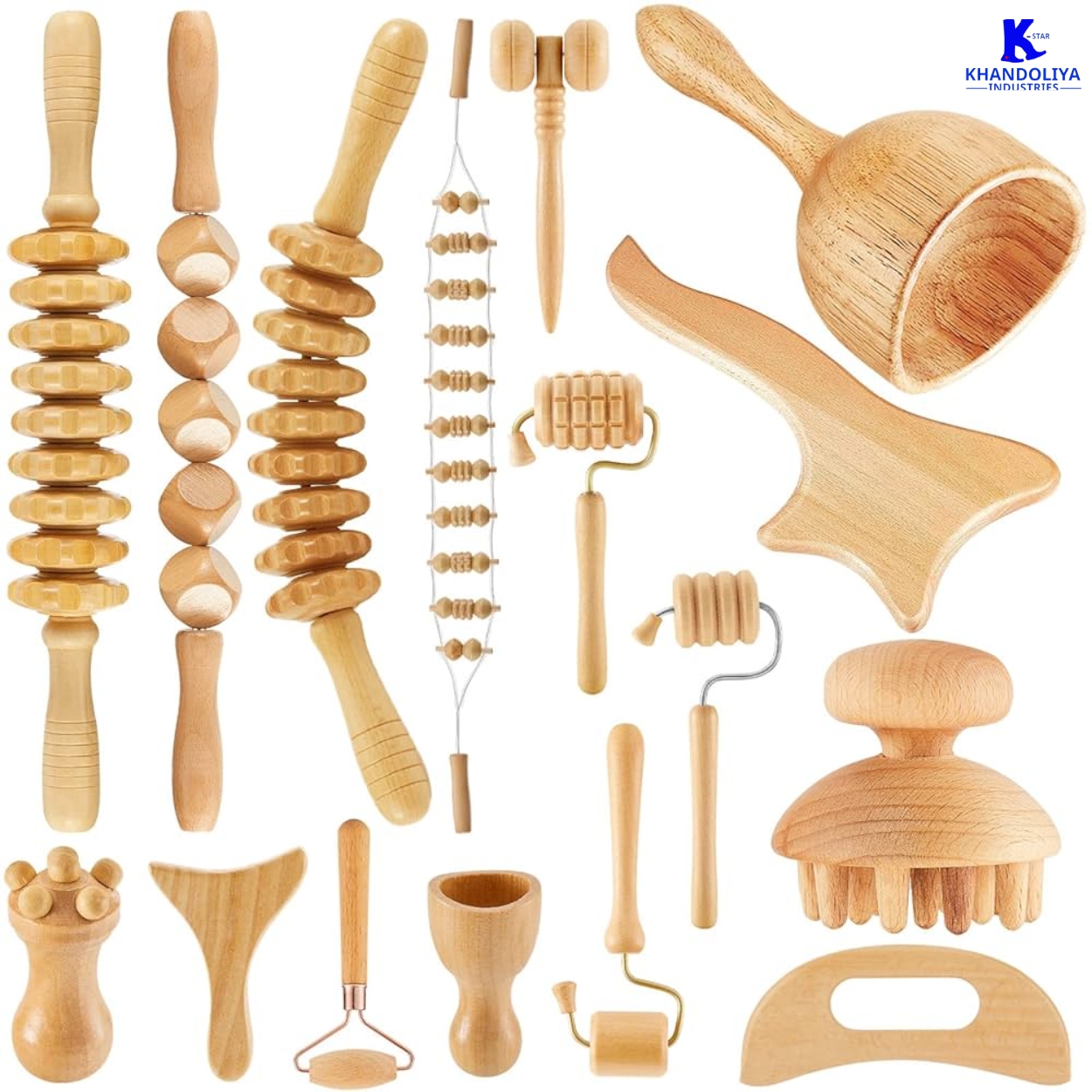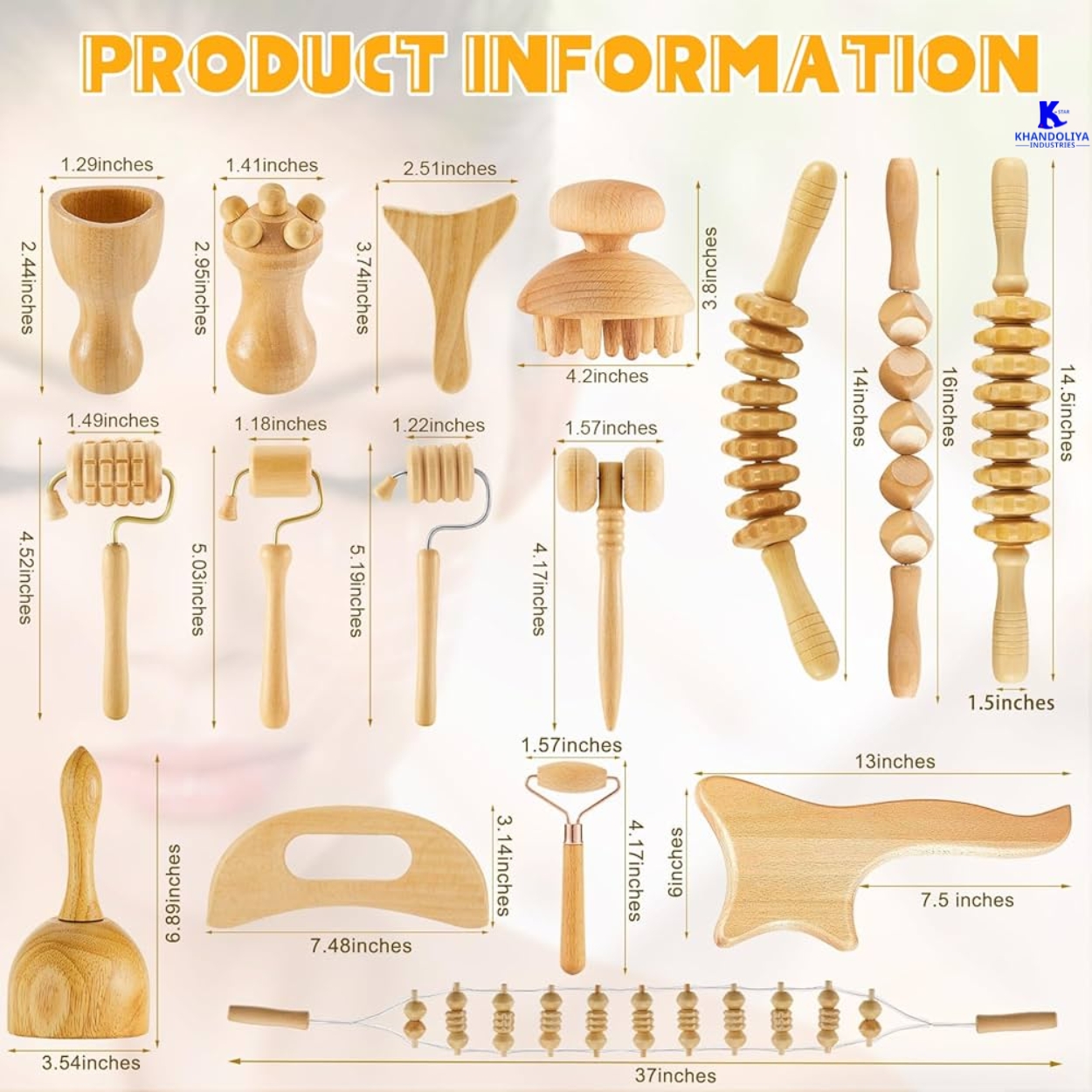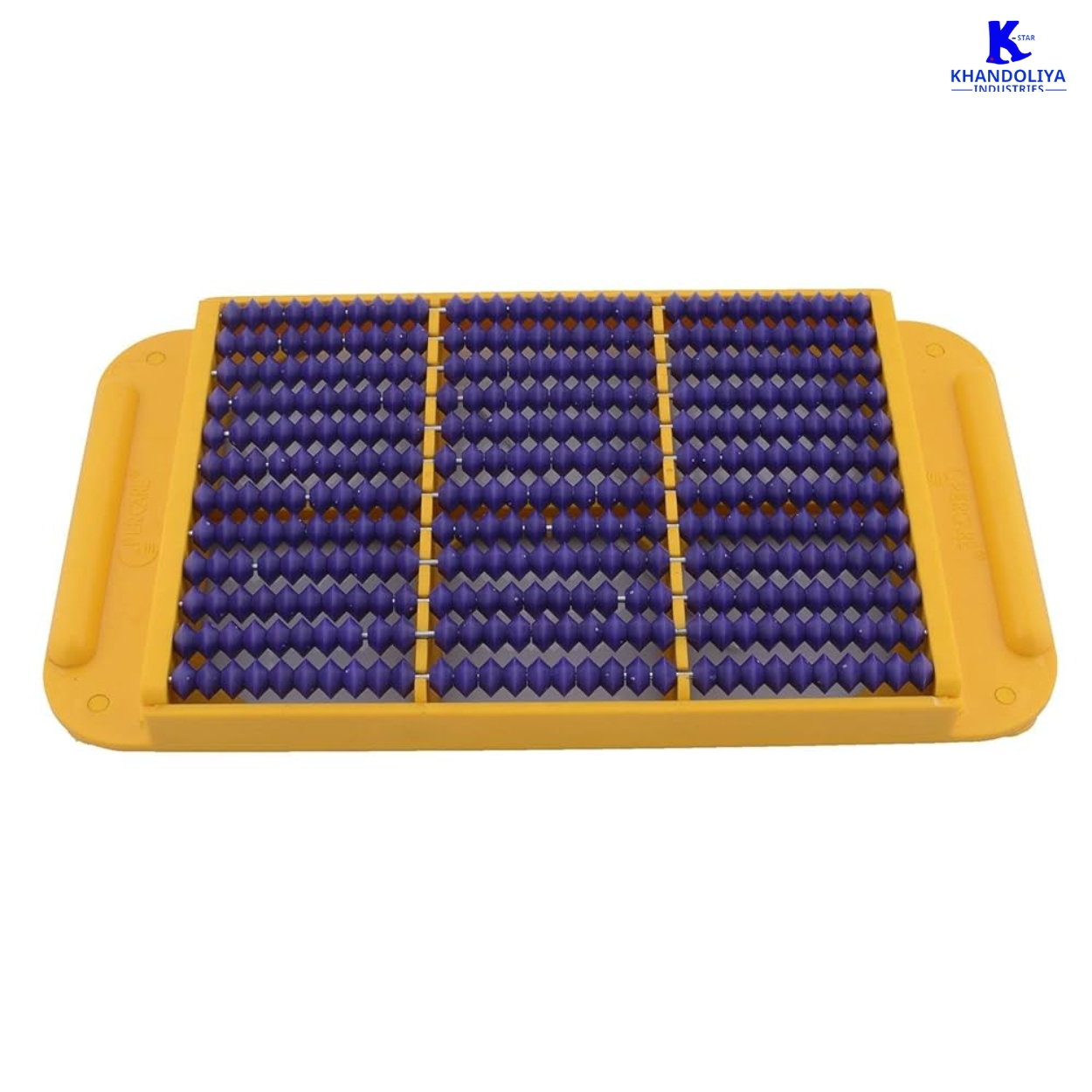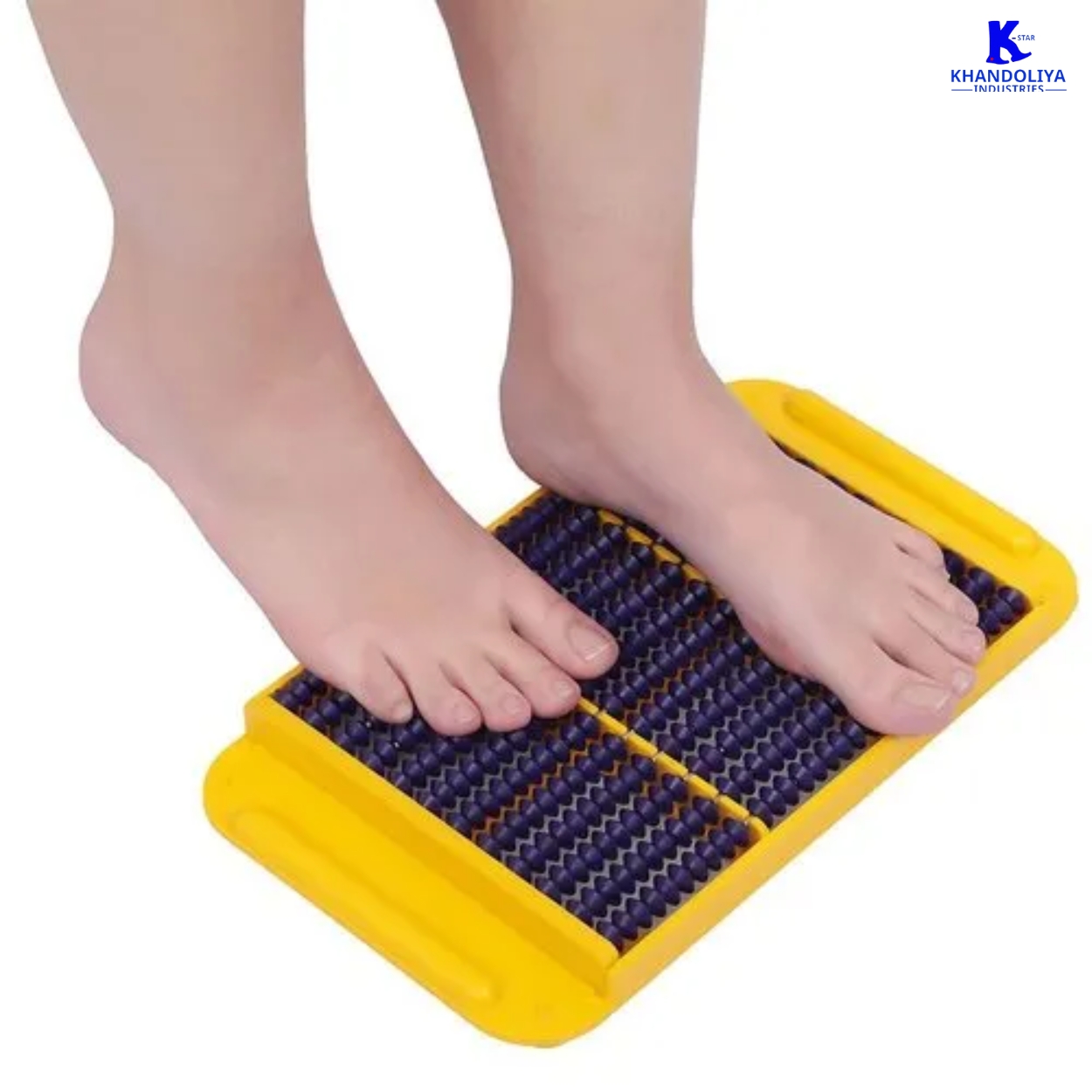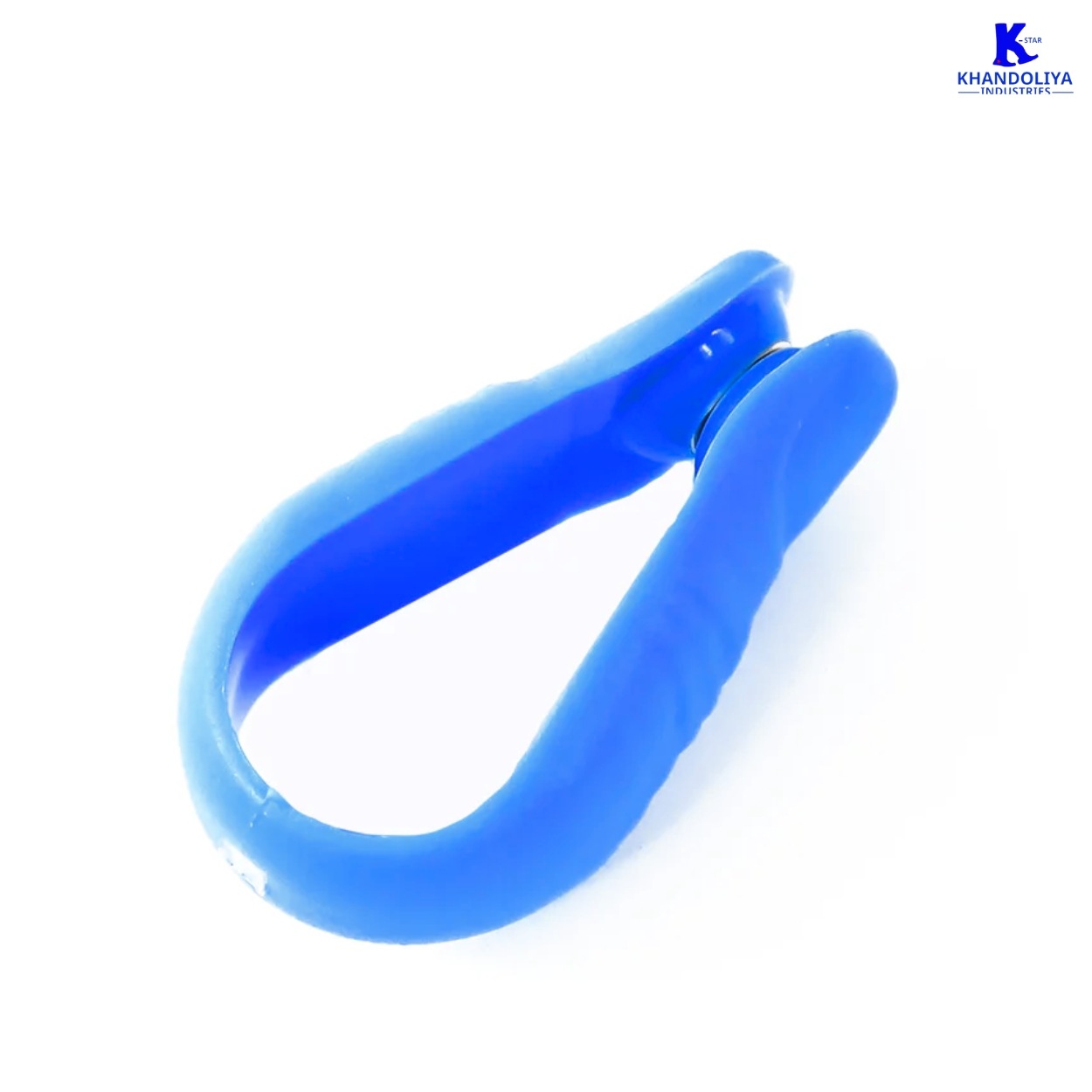



K-Star Magnetic Diabetes Control Acupressure Clip – LI4 Point Finger Therapy for Pain, Stress & Sugar Balance
(45 Length x 20 Height x 30 Width) in centimeter
The K-Star Magnetic Diabetes Control Acupressure Clip is a portable wellness tool designed to stimulate the LI4 pressure point (between the thumb and index finger) for natural pain relief, stress reduction, and blood sugar balance support. Compact and lightweight, this magnetic clip is easy to wear anytime, anywhere—making it an ideal solution for drug-free therapy on the go.
Key Features:
- Targeted LI4 Point Therapy – Applies gentle acupressure on a clinically recognized point for headache, migraine, and stress relief
- Magnetic Stimulation – Embedded magnet enhances acupressure effects for better results
- Supports Diabetes & BP Management – Promoted to help regulate blood sugar levels and maintain energy balance naturally
- Portable & Discreet Design – Lightweight, skin-safe clip you can wear while working, traveling, or relaxing
- Durable & Comfortable – Made from skin-safe materials, adjustable for a snug fit
Benefits:
- Relieves headaches, migraines, and tension
- Reduces stress, anxiety, and fatigue
- Supports natural sugar level management
- Promotes energy flow and relaxation
- Non-invasive, drug-free, and safe to use daily
How to Use:
Simply clip onto the LI4 point (web between thumb and index finger) and wear for 5–20 minutes per session. Use once or multiple times daily for best results.
The K-Star Magnetic Acupressure Clip is perfect for individuals seeking a natural, non-invasive, and portable solution for managing pain, stress, and wellness in everyday life.

Lorem Ipsum is simply dummy text of the printing and typesetting industry. Lorem Ipsum has been the industry's standard dummy text ever since the 1500s, when an unknown printer took a galley of type and scrambled it to make a type specimen.

Lorem Ipsum is simply dummy text of the printing and typesetting industry. Lorem Ipsum has been the industry's standard dummy text ever since the 1500s, when an unknown printer took a galley of type and scrambled it to make a type specimen.
.jpg)



